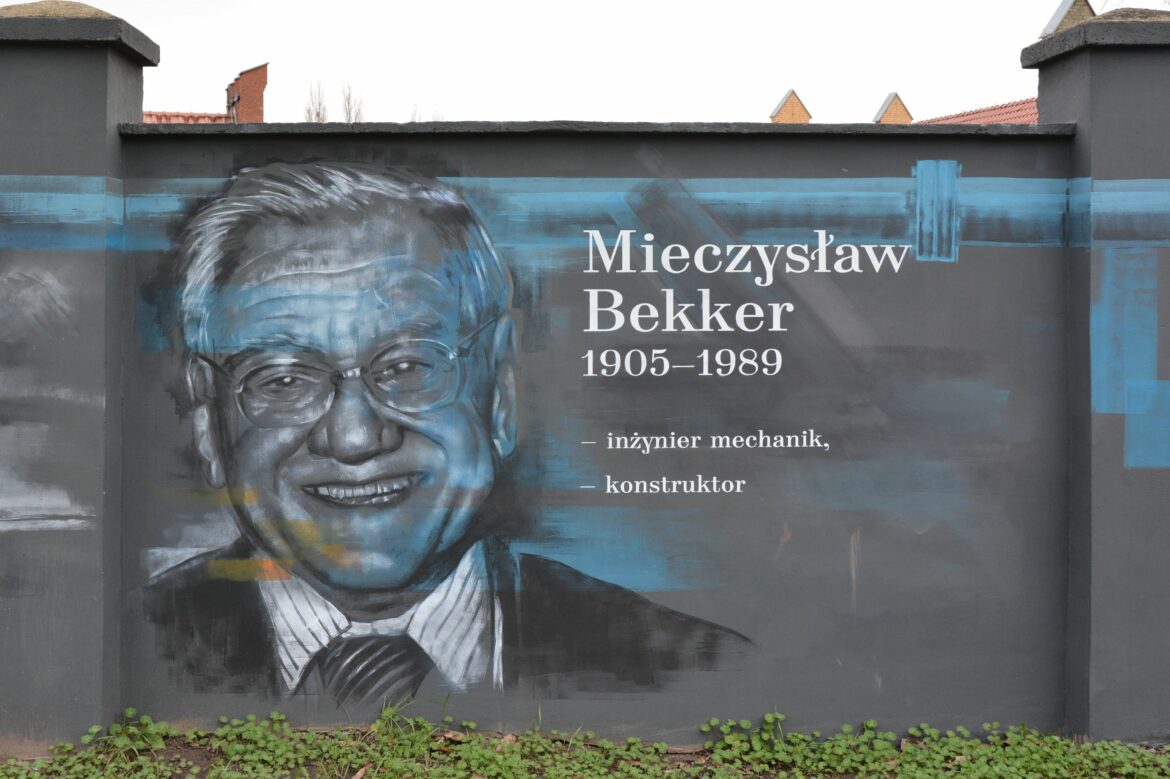Born in the Lublin region, engineer Mieczysław Bekker researched the problem of moving vehicles in difficult terrain in the interwar period. When the Second World War broke out, having taken part in the 1939 defence war, he moved initially to France, then to Canada and finally to the USA. He remained in exile, where he dealt with the construction of a vehicle that would be able to successfully ‘walk’ on the moon.
After graduating from the humanities gymnasium in Konin, Bekker began his studies at the Warsaw University of Technology. When he received his engineer’s degree in 1929, he immediately joined the Officer Cadet School in Modlin. When he graduated from it, he was employed at the Armoured Weapons Technical Research Bureau and then at the Armoured Weapons Command of the Polish Army. There, he conducted the first research on the technique of moving vehicles in difficult terrain conditions.
The experience gained from his work for the Polish Army enabled him to develop a multi-engine tank drive and a method of lubricating track pins. In addition, thanks to his efforts, the production of the PZInż 302 light military off-road vehicles was launched in Warsaw.
The outbreak of World War II interrupted these important and innovative works. After the defensive war of 1939, Bekker made his way to Romania, then to France, from where he reached Canada. There he was able to continue his research, working with companies in the USA. Moving to this country in 1956, he took up a job at the Military Off-Road Vehicle Laboratory, while also receiving commissions from the Department of Defence.
His greatest achievement is winning a NASA competition to design a lunar vehicle for the Apollo programme. The vehicle was named the Lunar Roving Vehicle (LRV). Bekker is the author of the entire technical system used in it.





